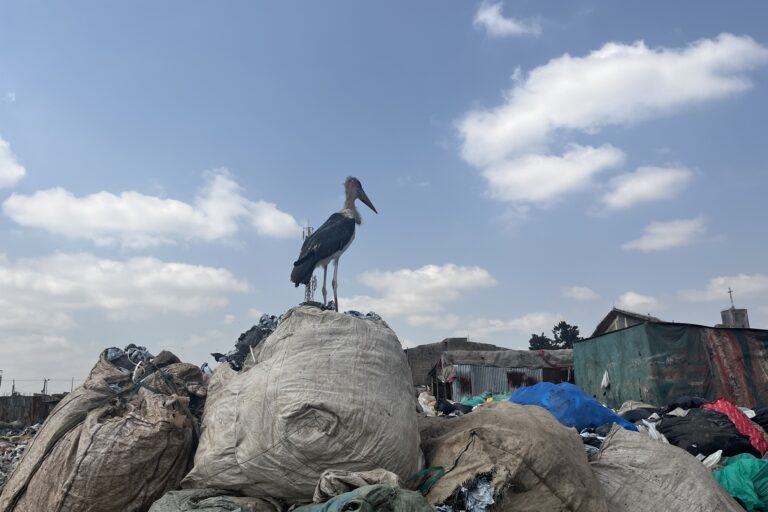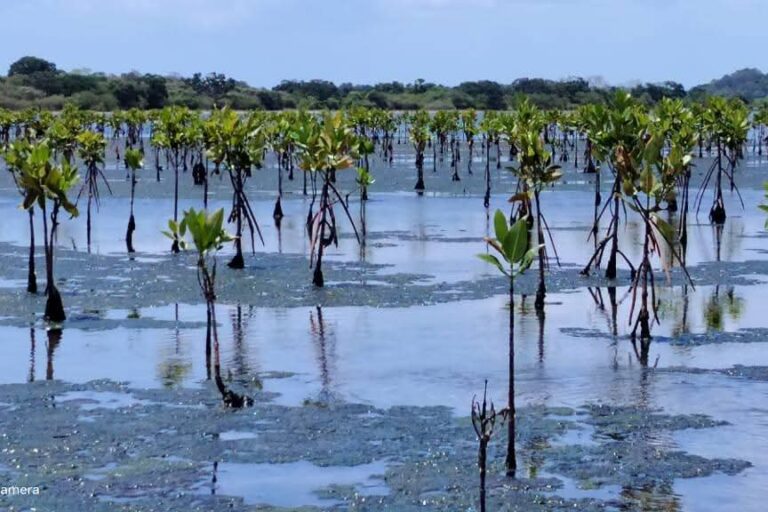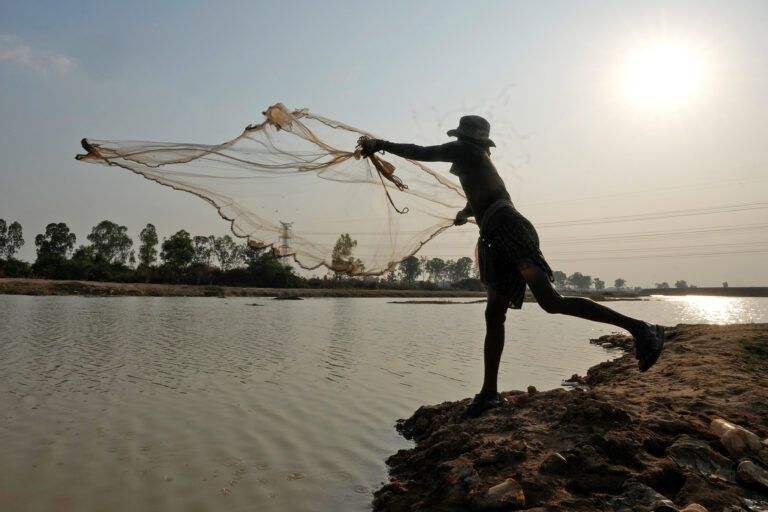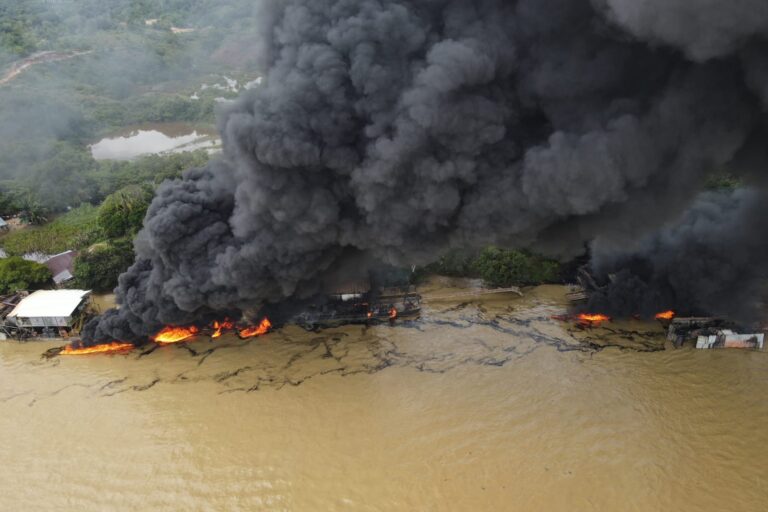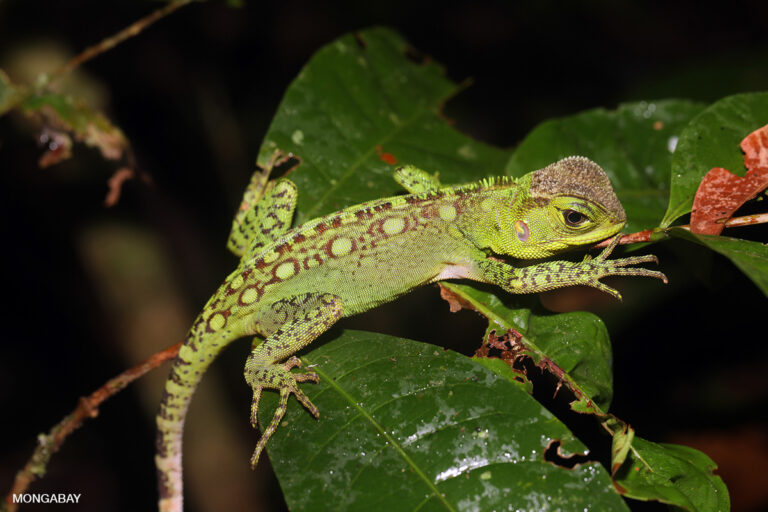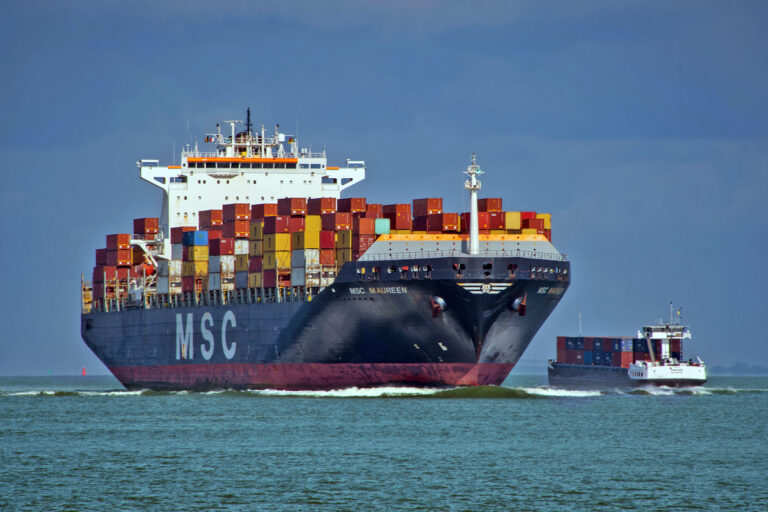- A new study using DNA barcoding reveals that Singapore and Malaysia’s fish maw markets include species listed as vulnerable, endangered or critically endangered, many of which are poorly monitored and sourced from unmanaged fisheries.
- Researchers identified 39 species from 503 dried maw samples, including critically endangered large yellow croakers and European eels, highlighting the scale and complexity of this high value, underregulated trade.
- Experts warn that the trade poses a growing threat to marine biodiversity, and with nearly 30% of samples coming from species lacking IUCN assessments, it makes sustainability difficult to evaluate.
- Researchers and conservationists urge governments to expand CITES protections, enhance species monitoring, educate stakeholders, and improve international coordination to prevent more marine species from being pushed toward extinction.
Fish maw — the dried swim bladder of ray-finned fishes — is prized across East and Southeast Asia as a culinary delicacy and symbol of wealth and status. In Chinese culture, it’s served at family and business gatherings. Beyond tradition, maw is promoted for supposed health and beauty benefits, from aiding recovery after childbirth to reducing signs of aging due to its high collagen content.
As demand has surged with urbanization and rising incomes, fish maw trade has grown into a multimillion-dollar industry. In Hong Kong alone, studies have found maw imports were worth up to $394 million between 2015 and 2018, with some single bladders selling for nearly half a million dollars. Rare species fetch the highest prices, but once processed, maw is hard to identify — this opens the door to mislabeling and substitutions that mislead buyers.
“Given the value of the trade, it is surprising that we do not really know what species are involved or where they are coming from,” Benjamin Wainwright, a marine biologist at the National University of Singapore, told Mongabay by email.
A new study, published in Conservation Letters in June 2025, sheds light on the fish maw trade in Singapore and Malaysia. Led by Wainwright and marine taxonomist Seah Ying Giat of Universiti Malaysia Terengganu, the study used DNA barcoding to identify the species behind the trade — revealing, among others, the presence of two vulnerable, four endangered and two critically endangered species on the IUCN Red List, including the European eel (Anguilla anguilla), which is regulated under CITES Appendix II.
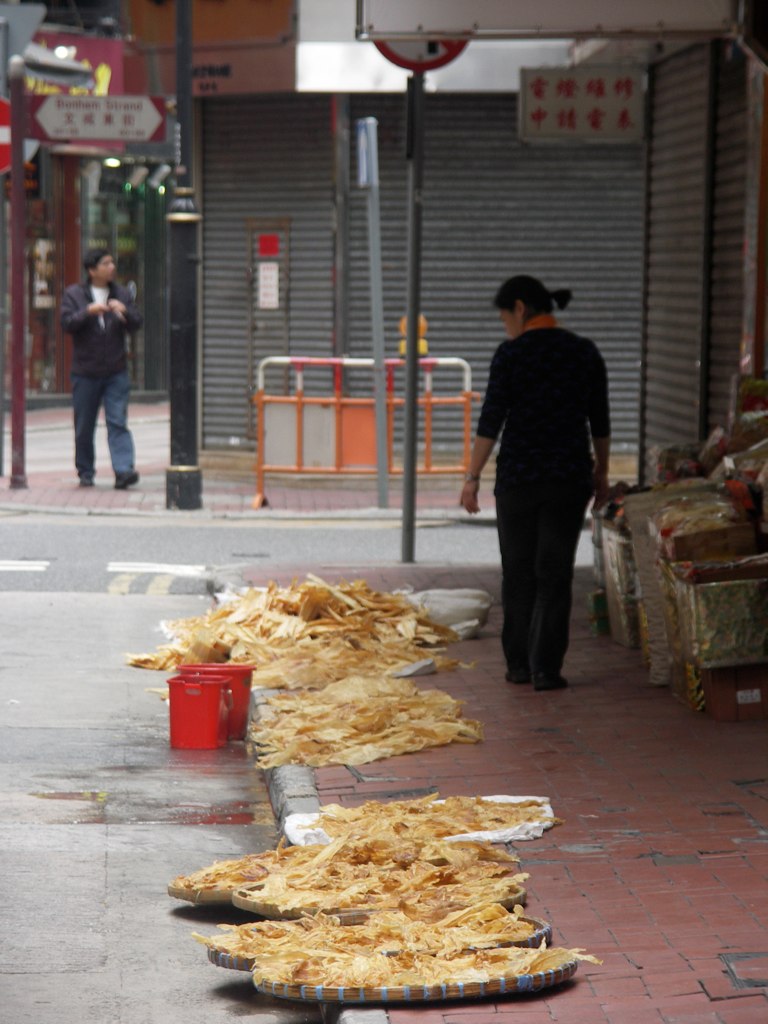
Unmasking the trade through DNA
The researchers collected 503 dried maw samples from vendors in Malaysia and Singapore. Prices ranged from $59 to more than $53,000 per kilogram (about $27 to more than $24,000 per pound). DNA analysis of these samples identified 39 species, including the critically endangered large yellow croaker (Larimichthys crocea) and the near-threatened black-spotted croaker (Protonibea diacanthus), the most common species in the study. Large yellow croakers are found in northwestern Pacific, while the black-spotted croakers occur across the Indo-West Pacific, including in the waters of Malaysia and Singapore.
Because drying and processing maw removes physical traits used for visual identification, the team relied on molecular tools. They extracted and sequenced DNA from the samples, then matched it to reference databases. “This work is the first attempt using molecular methods to identify the species involved in the maw trade throughout Singapore and Malaysia,” the authors wrote.
While DNA degradation meant some samples couldn’t be identified, the method offered a far clearer picture than visual checks alone, according to the authors.
Yvonne Sadovy, a marine biologist at the University of Hong Kong and co-chair of the IUCN SSC Groupers and Wrasses Specialist Group, who has extensively studied the maw trade, praised the study’s use of DNA as essential for identifying species. “DNA is proving a powerful tool for identifying the wide range of species involved,” she told Mongabay by email, noting that visual identification is often difficult, even for specialists.
However, she cautioned that DNA analysis also has limits — from incomplete reference databases and variable sample quality to the challenge of quantifying actual trade volumes. “DNA alone cannot determine relative volumes in trade — this has to be done by appropriate sampling, which may be challenging to achieve.”
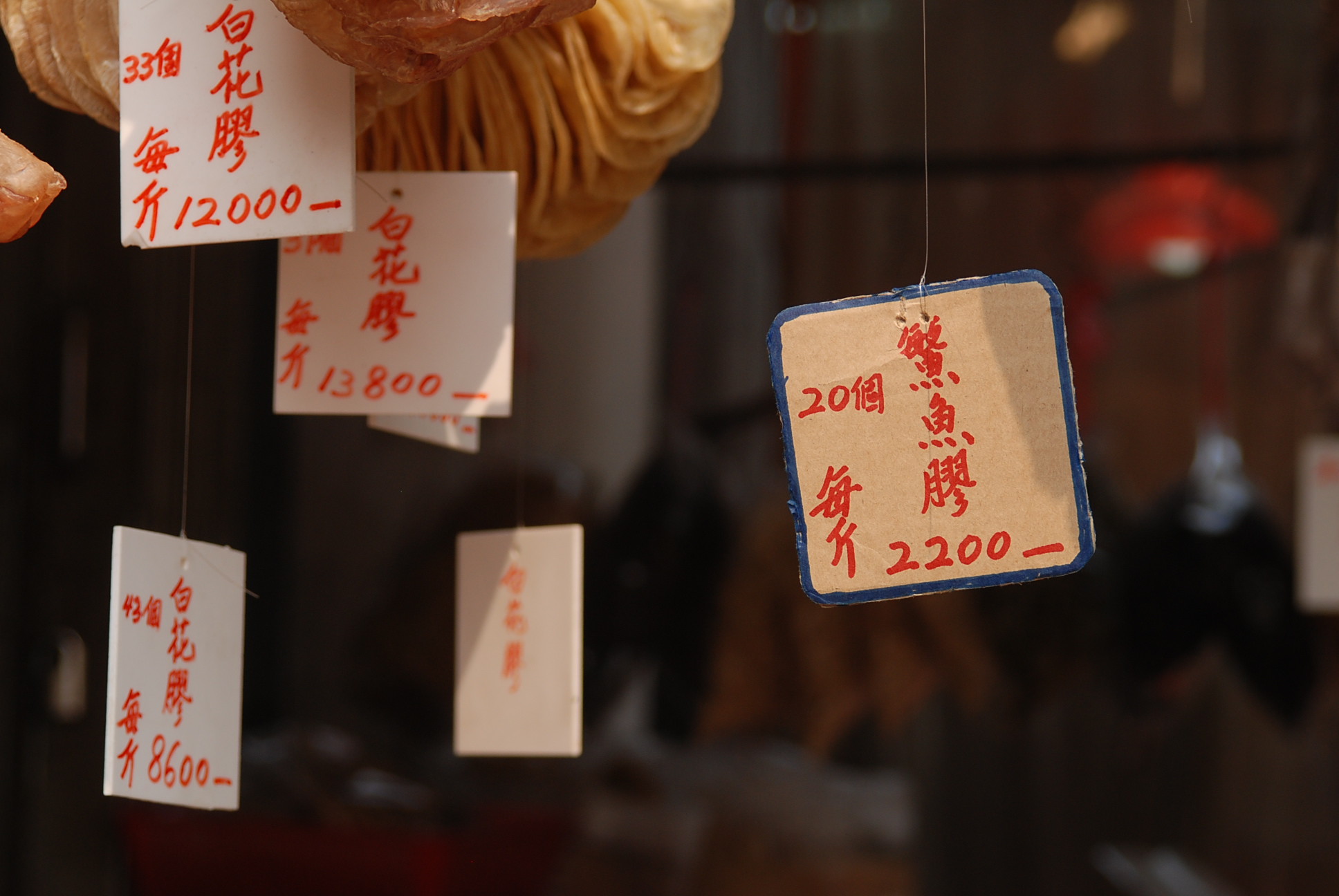
Market trends, warning signs
Nearly 30% of the samples came from species listed as data deficient or not evaluated by the IUCN Red List, making it hard to gauge the trade’s sustainability. “It’s impossible to know how sustainable the trade is if we lack even basic information on the species involved,” Wainwright said.
Distributed in the Atlantic, Indian and Pacific oceans, croakers dominated the trade, with three of the five most common species from this high-value family. Their bladders fuel largely unmanaged fisheries that drive overfishing and put many species at risk of extinction. Among the most frequent finds were the cassava croaker (Pseudotolithus senegalensis) and the large yellow croaker, listed as endangered and critically endangered, respectively, on the IUCN Red List. Several other croaker species identified were classified as data deficient.
Singapore and Malaysia’s maw markets revealed distinct species profiles. About one-third of the species identified in Malaysia were absent from Singapore samples, and more than half of Singapore’s species were not found in Malaysia. According to the authors, this likely reflects both differing consumer preferences and complex supply chains, with maw imported from across the globe, often via Hong Kong.
Mislabeling and substitutions were common, with the maw of bighead carps (Hypophthalmichthys nobilis), the most frequently identified species in Malaysia, and of barramundis (Lates calcarifer) often sold as croaker maw to fetch higher prices. “Knowing the species involved and where it came from would allow records to be kept, but this is difficult to enforce, given the global nature of the trade,” Wainwright said.
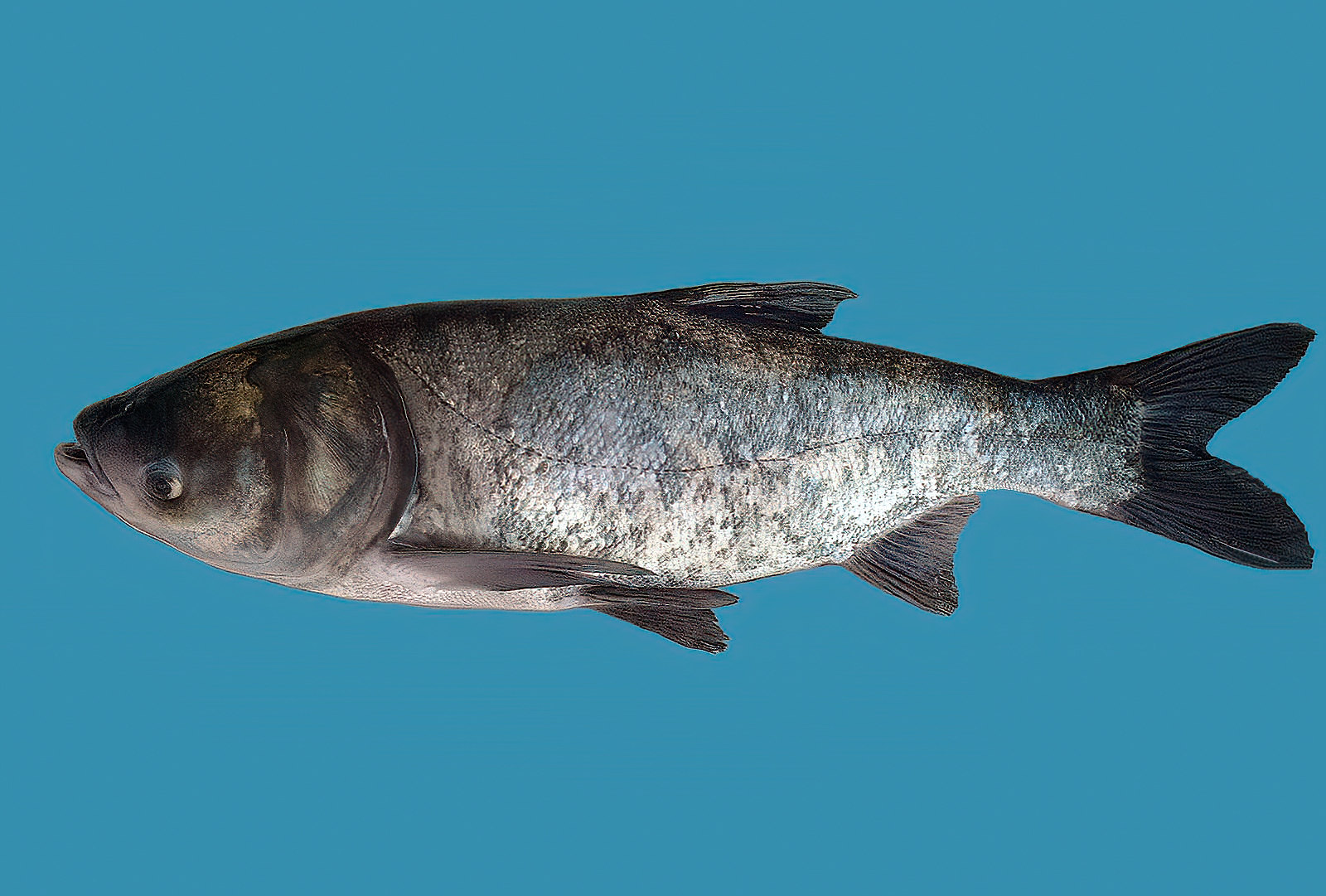
Experts say all these are a red flag for marine conservation. “The findings of this paper … are important because they highlight another trade activity in which threatened [species] are traded,” Sadovy said. She also pointed out that some are highly valued and of considerable interest to traders, yet most are unmonitored and sourced from unmanaged fisheries in known origin countries, such as Brazil, India, Uganda, Tanzania and Vietnam.
Although research on the maw trade’s impact within Southeast Asia is scarce, Wainwright said there’s reason for concern. “Based upon the evidence of overfishing globally, and the negative impacts we see from the maw trade in places like PNG and Mexico … it is very unlikely maw fisheries are beneficial in any way, shape or form,” he said. “It is probably safe to [say that] maw fisheries are detrimental to Southeast Asian fisheries.”
As demand for maw grows and source countries lack safeguards, “threats to vulnerable species are predicted to increase,” Sadovy said. She stressed that this is the first study to focus specifically on Malaysia and Singapore, both known for their significant dried seafood markets, including fish maw. “Other species may later become ones of conservation concern,” she warned, especially as high-value markets incentivize sourcing from increasingly rare species.
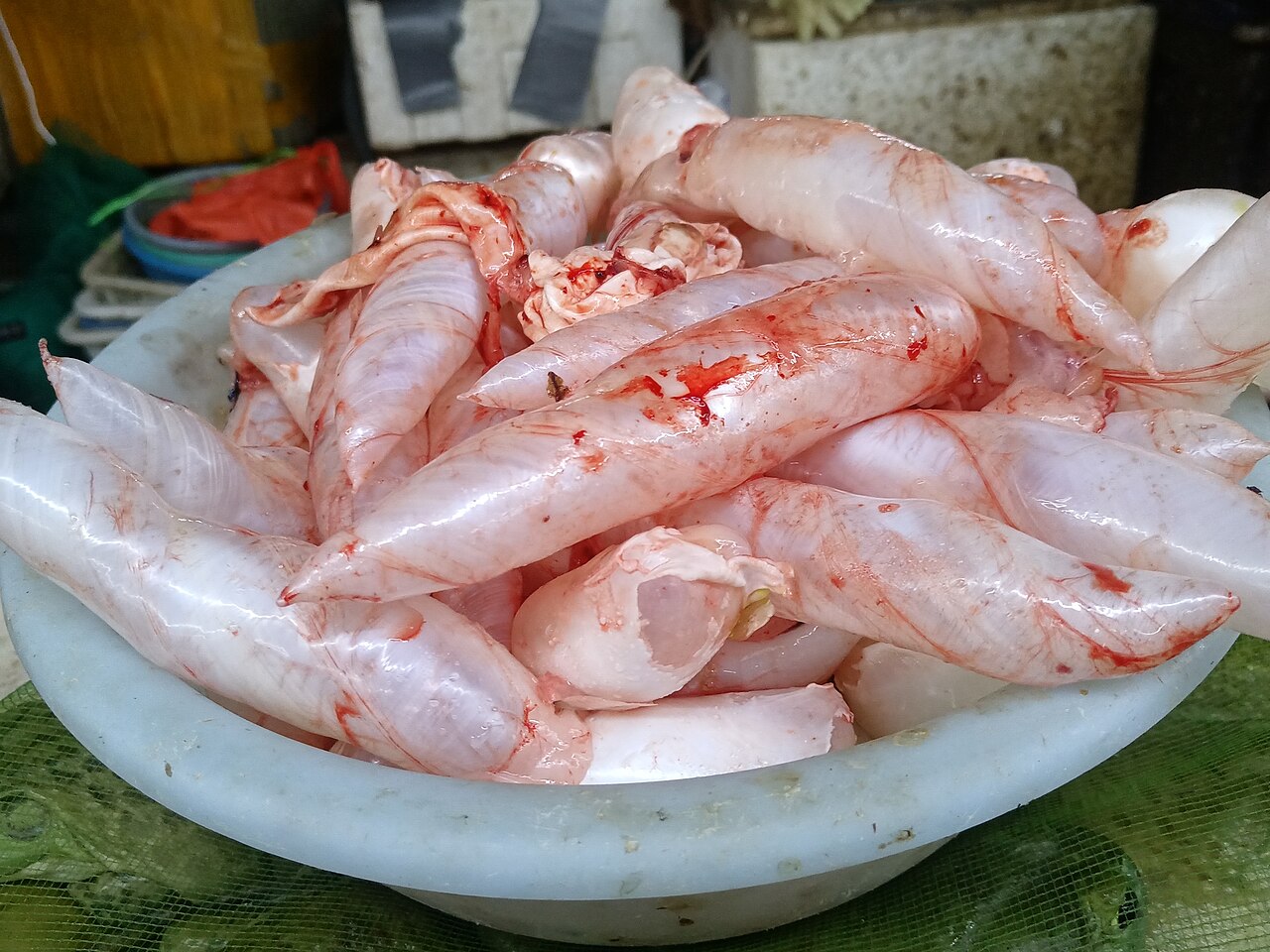
Policy actions for sustainability
The study recommended expanding CITES listings to include more species involved in the fish maw trade.
To address sustainability, Sadovy said governments should invest in research to identify the species in trade and their sources, trace trade routes, educate fishers and fisheries officials, and develop national and regional management plans for high-risk species. “In many places the trade is quite secretive, and even fishers may not fully know of — or benefit adequately from — valuable maw,” she added.
Without stronger action, including sharing trade data between nations, rising demand for maw could push more marine species toward extinction, Sadovy warned.
The authors call for better monitoring, enforcement, labeling and transparency, especially in Singapore and Malaysia. “As major importers, consumers, and re-exporters, these countries are ideally placed to monitor the trade and ensure regulated species do not make it into markets,” Wainwright said.
Banner image: Display and sale of fish maw during a cultural festival in Singapore. Image by Choo Yut Shing via Flickr (CC BY-NC-SA 2.0).
Citation:
Amepou, Y., Chin, A., Foale, S., Sant, G., Smailes, O., & Grant, M. I. (2024). Maw money, Maw problems: A lucrative fish Maw fishery in Papua New Guinea highlights a global conservation issue driven by Chinese cultural demand. Conservation Letters, 17(3). doi:10.1111/conl.13006
Ben-Hasan, A., Sadovy de Mitcheson, Y., Cisneros-Mata, M. A., Jimenez, É. A., Daliri, M., Cisneros-Montemayor, A. M., … Christensen, V. (2021). China’s fish Maw demand and its implications for fisheries in source countries. Marine Policy, 132, 104696. doi:10.1016/j.marpol.2021.104696
Sadovy de Mitcheson, Y., Andersson, A. A., Hofford, A., Law, C. S., Hau, L. C., & Pauly, D. (2018). Out of control means off the menu: The case for ceasing consumption of luxury products from highly vulnerable species when international trade cannot be adequately controlled; shark fin as a case study. Marine Policy, 98, 115-120. doi:10.1016/j.marpol.2018.08.012
Seah, Y. G., & Wainwright, B. J. (2025). An assessment of The Fish Maw trade in Singapore and Malaysia reveals threatened species and highlights the need for a more complete assessment of the conservation status of the world’s fishes. Conservation Letters, 18(3). doi:10.1111/conl.13115







